If you are a Lifeboat subscriber or have been reading these pages for awhile, you may know why it’s called “Lifeboat”. A fundamental goal of our founder, board, writers and supporters is to sustain the environment, life in all its diversity, and—if necessary—(i.e. if we destroy our environment beyond repair, or face a massive incoming asteroid), to prepare for relocating. That is, to build a lifeboat, figuratively and literally.
But most of us never believed that we would face an existential crisis, except perhaps a potential for a 3rd World War. Yet, here we are: Burning the forests, killing off unspeakable numbers of species (200 each day), cooking the planet, melting the ice caps, shooting a hole in the ozone, and losing more land to the sea each year.
Regading the urgent message of Greta Thunberg, below, I am at a loss for words. Seriously, there is not much I can add to the 1st video below.
Information about climate change is all around us. Everyone knows about it; Most people understand that it is real and it that poses an existential threat, quite possibly in our lifetimes. In our children’s lives, it will certainly lead to war, famine, cancer, and massive loss of land, structures and money. It is already raising sea level and killing off entire species at thousands of times the natural rate.
Yet, few people, organizations or governments treat the issue with the urgency of an existential crisis. Sure! A treaty was signed and this week, Jeff Bezos committed to reducing the carbon footprint of the world’s biggest retailer. But have we moved in the right direction since the Paris Accords were signed 4 years ago? On the contrary, we have accelerated the pace of self-destruction.
I want speak out—and, of course, this Blog post is my way of doing it. But I am at a loss for words, because everything I want to say is so deftly articulated by 15 year old Greta Thunberg. I cannot possibly add to or improve upon her message.
Greta is not your typical hero. She is a child, has Asperger’s, and is a high school Sophomore, yet she is a truant. She regularly skips class, because she feels that doing her own thing is more important than education. She is absolutely right…
This week Greta educated the UN, US Congress and former President Obama (because the current president cannot grasp her message). She also led a protest campaign that attracted millions of Millennials in more than 100 cities across Asia, Europe, Australia, and the Americas.
Greta Thunberg is racing to save the world—and all of humanity while she is at it.
Rather than link to her talk before Congress or the UN, or this overly-slick PSA, I choose three videos. The last one is only 49 seconds). Don’t have the time to pause for a video?—not even at bed time? Please reconsider. This one is really, really important. Even more important than not texting and driving. If ever you felt that there was something to communicate to your circle and pass onto your family, this is it. Your children are counting on you.
In the first two videos, Greta makes interesting point. If ever you imagined hearing an alarm bell, your ears should be clanging with these statements…
▪ 1st video, below
Greta was puzzled by an apparent incongruity when she was 8 years old: How is it that a widely reported existential threat has not resulted in a Stop-The-Presses, all out campaign to eliminate the threat? How is it that a majority of people claim to support the cause, applaud at speeches, support the Paris Accords—and yet the burning of fossil fuels has increased and the destruction of jungles & rain forests is accelerating? The carbon budget of the Paris Accords has already been ⅔ consumed! Even worse, scientists now believe that the budget was too relaxed. Even back then (3 years ago) things were worse than we had believed.

▪ 2nd video, below
Although Greta states it without emotion (a symptom of Asberger’s), she was surprised to find that America has climate change ‘believers’ and ‘non-believers’. Without a hint of sarcasm, she explains that in Sweden, everyone understands the facts.
Please view these videos. Is there anything in your day that is more important? I doubt it. Saving the planet is no longer a slogan. It’s our only chance at survival—and that chance is getting slimmer with each day.
1. Ted Talk (11 min), Stockholm Aug 2018
2. Trevor Noah TV episode (9 min), Sep 14, 2019
3. Meeting President Obama (49 sec), Sep 18, 2019
Philip Raymond co-chairs CRYPSA, hosts the Bitcoin Event and is keynote speaker at Cryptocurrency Conferences. He is a top writer at Quora.

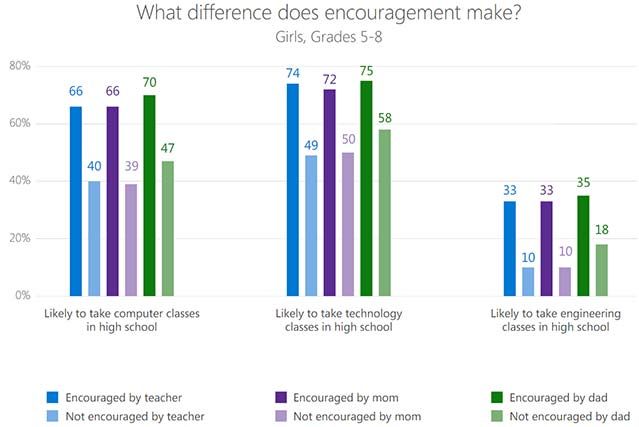
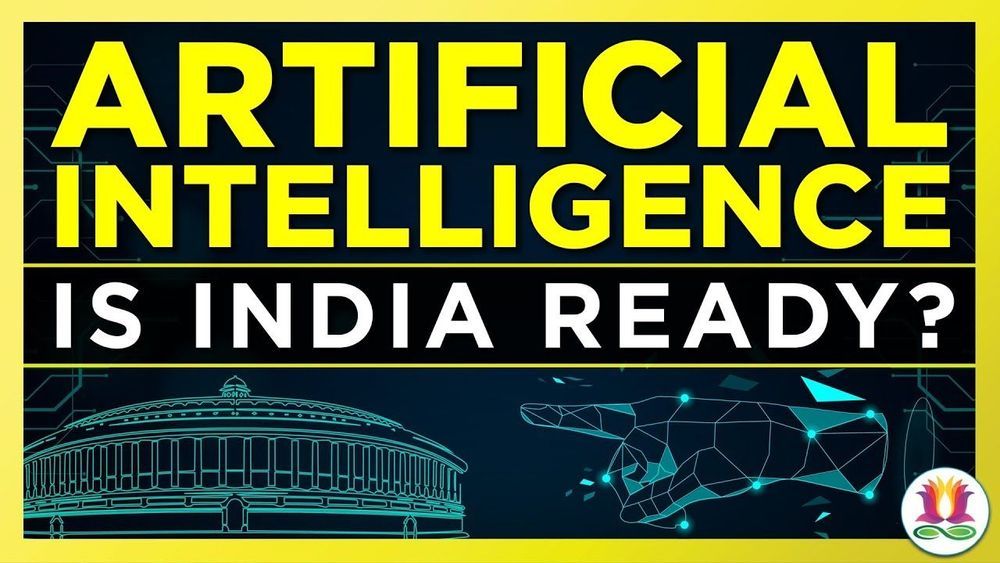
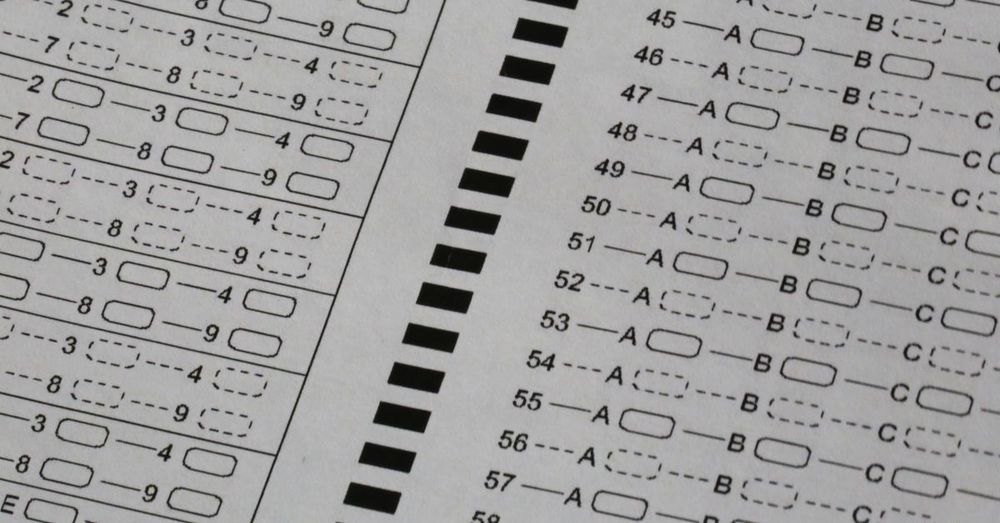
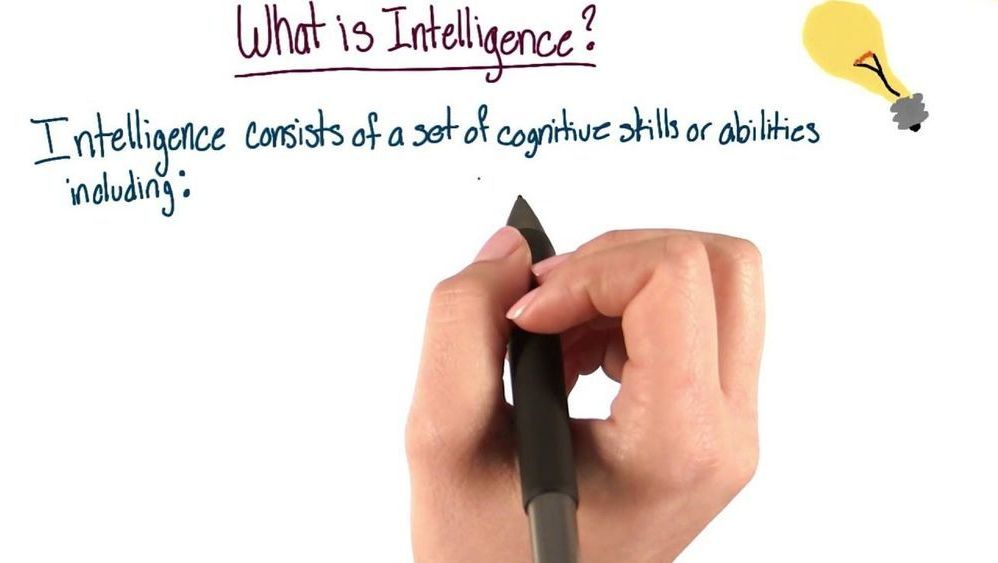

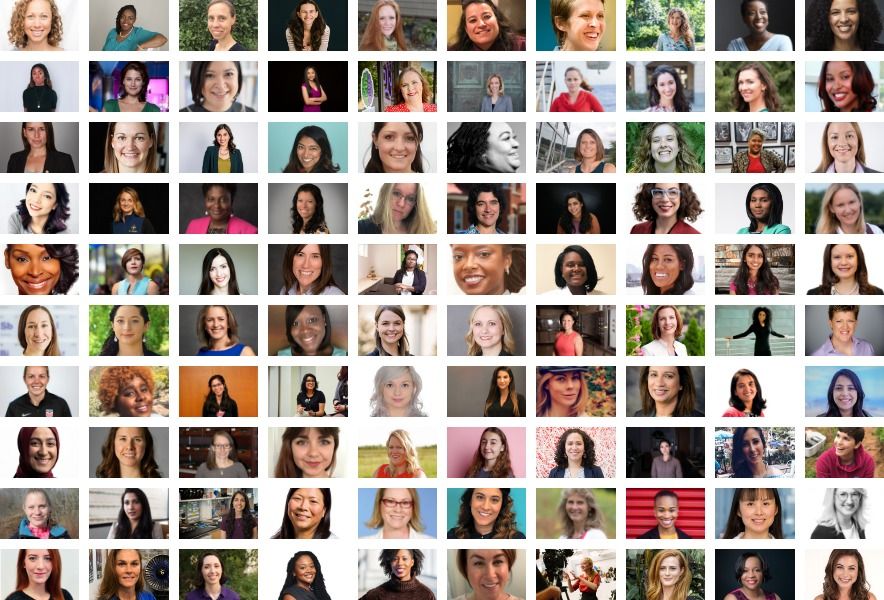

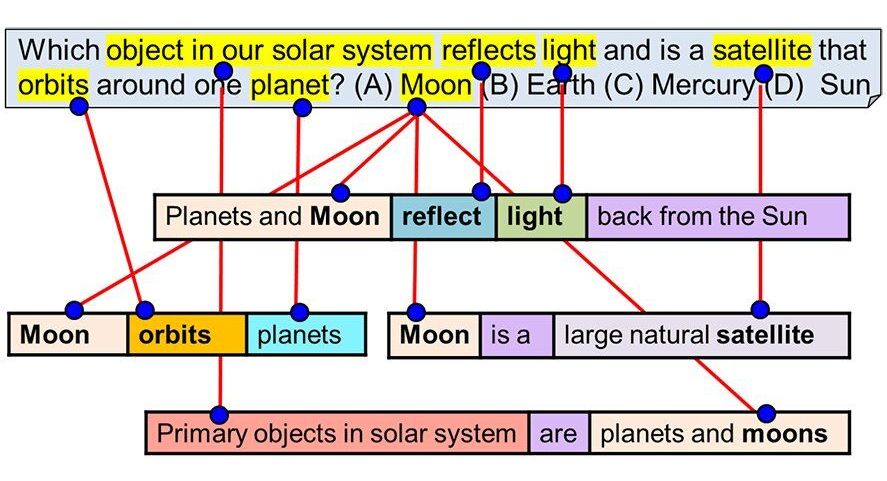
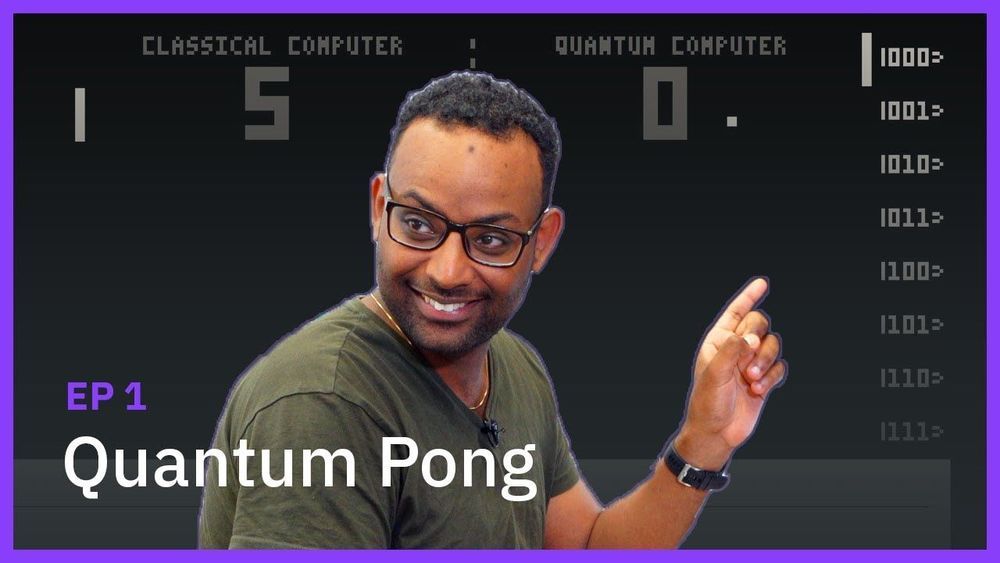
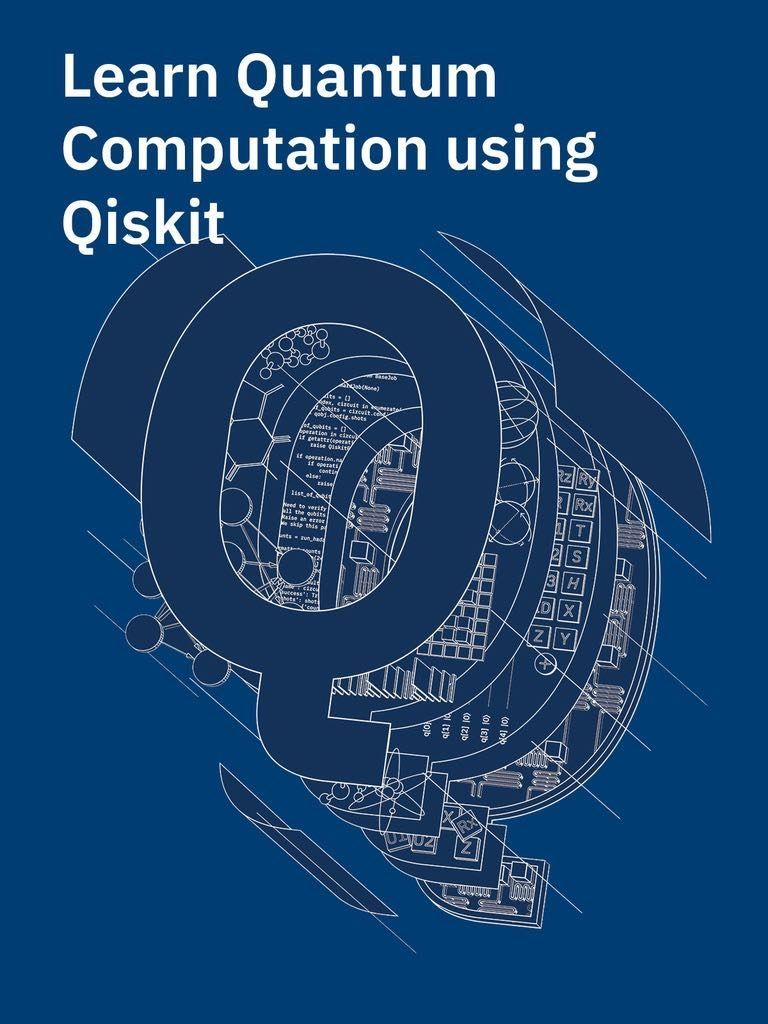 We are rolling out new systems and a new feature that allows for reserving time on an IBM Q system through the IBM Q Experience. This will initially be available to members of the
We are rolling out new systems and a new feature that allows for reserving time on an IBM Q system through the IBM Q Experience. This will initially be available to members of the